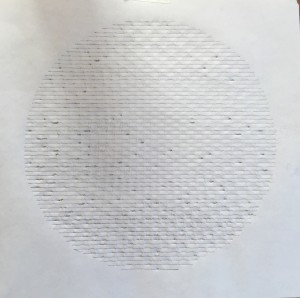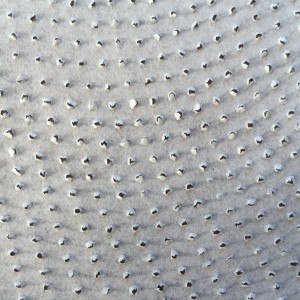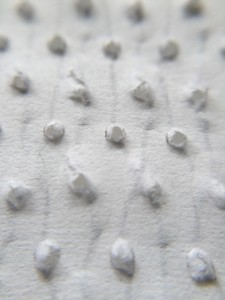This collaborative wind drawing was made as part of the Walking Mount Caburn walking workshop for Phoenix, Brighton, and was introduced with a quote from “A Field Guide to getting Lost’ by Rebecca Solnit.
‘For many years, I have been moved by the blue at the far edge of what can be seen, that colour of horizons, or remote mountain ranges, of anything far away. The colour of that distance is the colour of an emotion, the colour of solitude and of desire, the colour of there seen from here, the colour of where you are not. And the colour of where you can never go.’ (pg 29)
The participants were introduced to the idea of being playful and sensitive around relinquishing agency between pen and paper, and that the interface of the drawing can be experienced as both a surface and a point in time that the passing wind activates and traces can collect. We noted where the wind was coming from and how it might connect to Solnit’s thoughts on distance.
‘We tried a wind drawing for the first time. Together as a team. What felt stimulating was the notion of creating marks to the rhythm of a wonderful force of nature – the wind. I have reflected on this experience a number of times since that day and have found it almost too hard to grasp. I must experience this again’ Sarah Davies Phoenix, Brighton
















